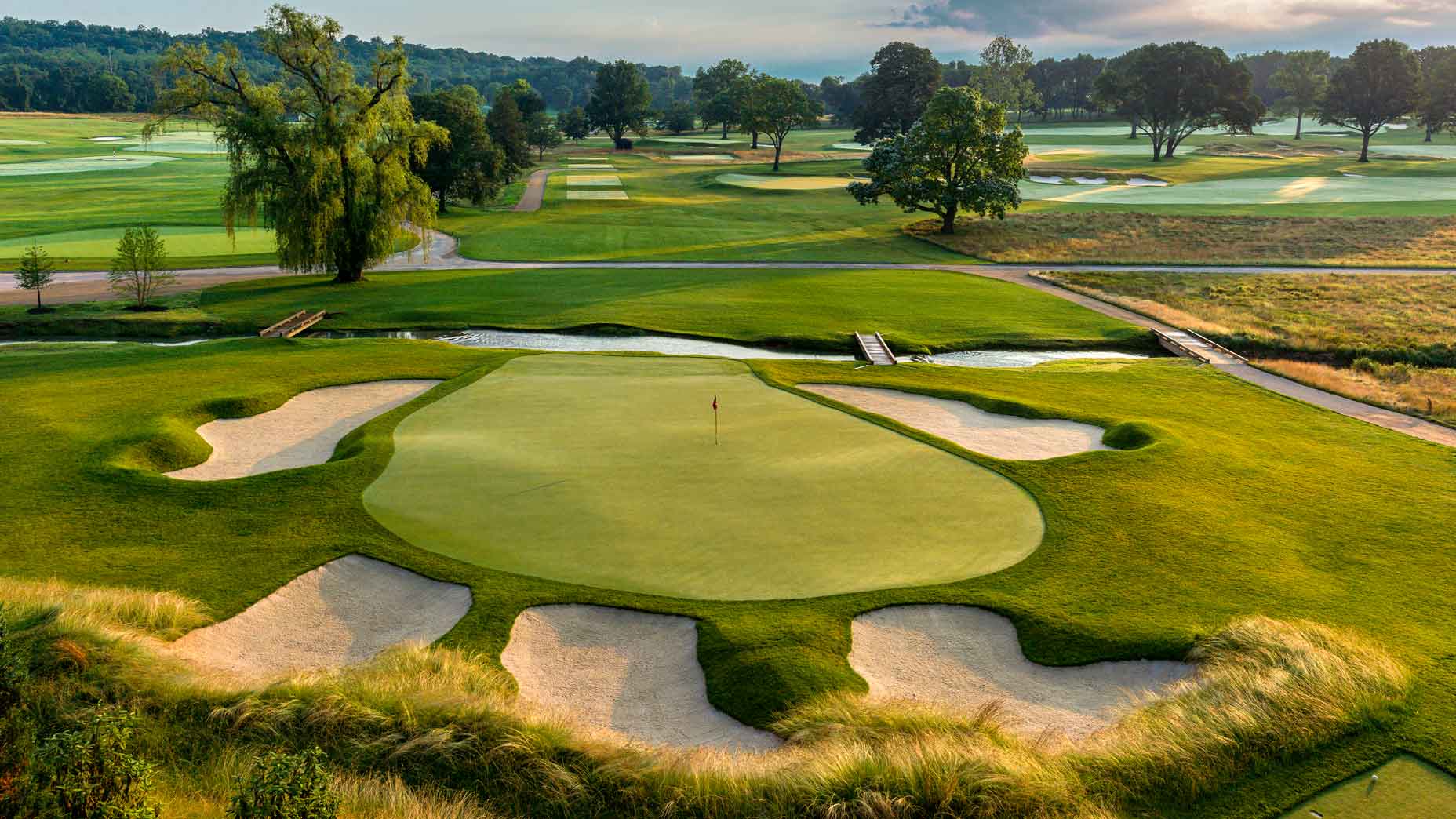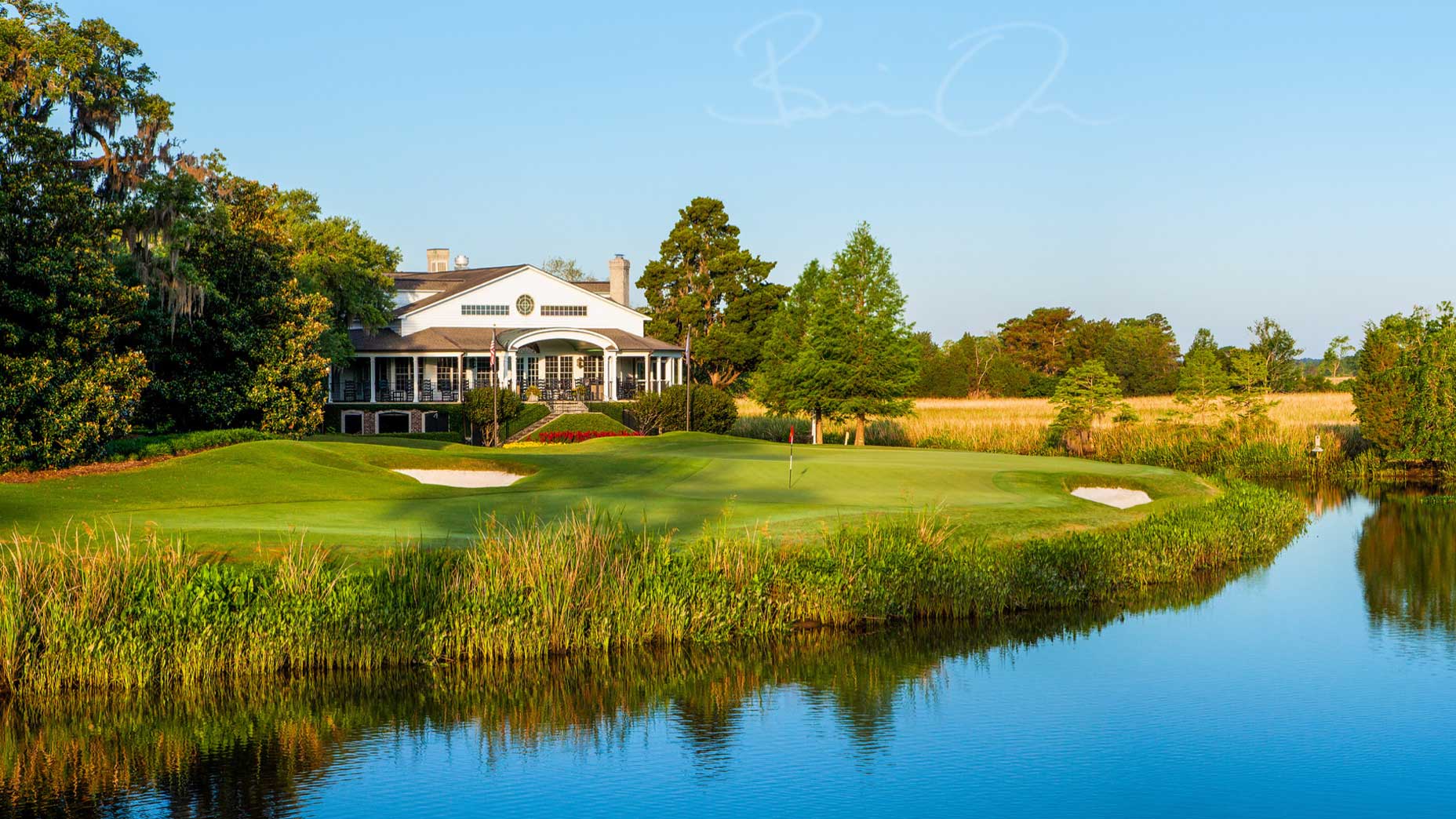 Royal Dornoch names designer for ambitious masterplan
Royal Dornoch names designer for ambitious masterplan
Now 20 years old, Bandon Dunes has proven itself to be much more than a pioneering one-off

Twenty years ago, on a drizzly, slate-gray morning in Southern Oregon, the opening shots were struck on a seaside layout that marked a stark departure from what golfers in this country had come to know. Ever since the Caddyshack ’80s (nitpickers can quibble as to the exact date), the industry had fed its daily-fee consumers a steady diet of lushly tended courses within ready striking distance of major urban centers. Carts were the standard mode of transport. Real estate sales were a common path to profit. If you smacked a wayward drive, your ball was apt to land in a neighbor’s well-kept yard.
That was the blueprint. Golf stuck to it for decades. Then along came Bandon Dunes.
As dreamed up by an understated golf nut from Chicago, and drawn up by an unknown architect from Scotland, Bandon was patterned on a familiar template — its inspirations were such storied links as Ballybunion and Royal Dornoch — but as a Stateside destination, it broke the mold. Its location was remote, its landscape rugged. Walking was not encouraged. It was required. There were no paths for buggies, and no man-made encroachments. Native grasses, not custom homes, fringed the fairways.
That Bandon was destined for runaway success only became obvious in retrospect. In its early stages, skeptics abounded. Even its developer, Mike Keiser, had doubts. Though his gut told him he was onto something — that the kind of golf he loved was loved by many others who would travel great lengths for it — in his head he figured he was fated to lose money. The young architect he’d hired, David McLay Kidd, brimmed with confidence but had little on his résumé to back it up.
“My strongest qualification in those days was probably my Scottish accent,” Kidd concedes.
ADVERTISEMENT
From its inception, one of Bandon’s striking features was the way it felt both very old and very new. “American links,” was how its founders billed it, and it did seem like a vividly American creation: assimilating influences from elsewhere into something that could only exist here. Bandon offered golf as it was played across the pond, supplemented with American-style service at a resort that would swell to American scale. There was gorse, much like in Scotland, and woolly humps and hollows, but also post-round platters of “grandma’s” meatloaf. If you hired a looper, as you would in the UK, odds were good you’d get a local, possibly a former fisherman or lumberjack. At every turn, Bandon reminded you of where you were — friendly, small-town Oregon — without letting you forget the purpose of your visit. It was all golf, all the time. You played from dawn to dusk, then woke up the next day and did it all again.
“There were lots of moving parts, but every decision that we made came down to golf and what golfers wanted,” says Josh Lesnik, the president of KemperSports, which has managed Bandon since its birth. “It was so authentic, it’s almost crazy to think that something like it didn’t already exist.”
In its 20 years, the one-of-a-kind resort has proven to be much more than a pioneering one-off. As most avid golfers know, there are now five courses — Bandon Dunes, Pacific Dunes, Bandon Trails, Old Macdonald and Bandon Preserve — with a sixth, the Sheep Ranch, set to open next year. In the meanwhile, the ripple-effects of Bandon have reached far beyond its grounds. Even as it helped revive the economic fortunes of a flagging region, Bandon helped awaken a larger, slumbering market. It might be a stretch to say that Bandon rescued golf. But for those — and there were many — who felt that golf had lost its way, Bandon got the game on track again. Its popularity shattered tired assumptions about golfers and freshened worn ideas about what a course should look like and where a course could be.
Going back over the last two decades, it would be hard to find a golf project of any note that doesn’t share some of Bandon’s DNA, be it the restoration of a Golden Age design or the construction of a new course or resort. Bandon made careers and shaped reputations. It turned golf course architecture into a subject of such public fascination that the nerdiest among us might even call it sexy. Above all, it gave golfers cause to travel. To visit Bandon Dunes is to set foot on a property of permanence and change, one that’s different in its profile than it was on opening day and yet the same in spirit — and meant to stay that way. It’s a place where the game’s past rushes up to meet its present, even as it points to the promise of its future.
Maybe what that means it that Bandon Dunes is timeless. Twenty years from now, Mike Keiser says, “If you were to come here, my hope and my intention is that you would find it very much as it is today.”
To receive GOLF’s all-new newsletters, subscribe for free here.
To receive GOLF’s all-new newsletters, subscribe for free here.
ADVERTISEMENT







